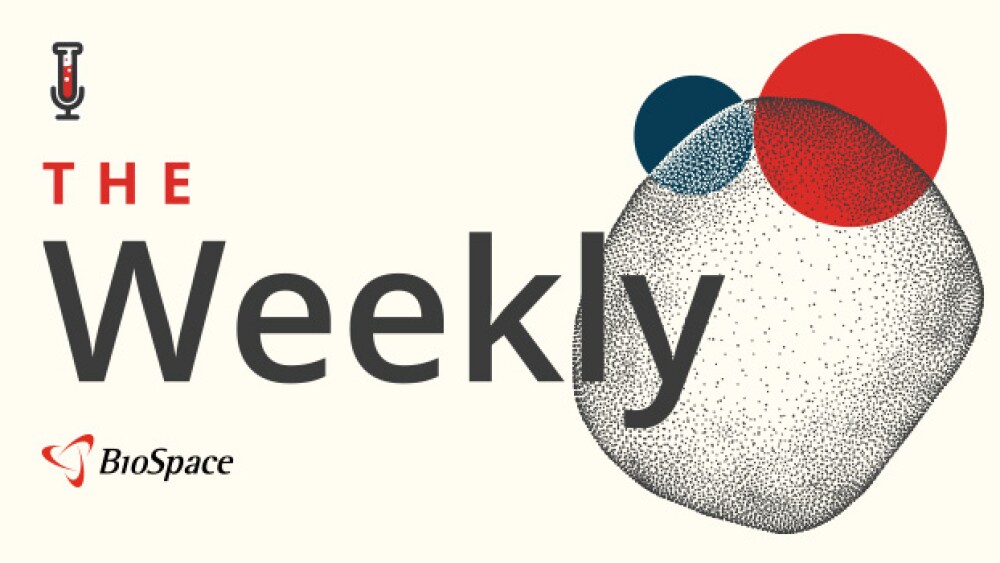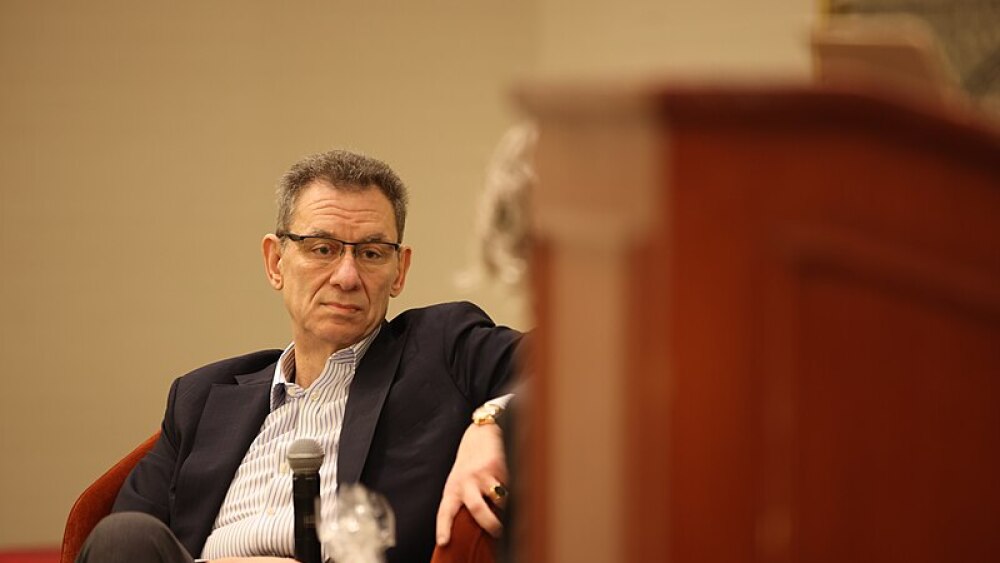Sanofi paid a more than 300% premium on its acquisition of Vigil Neuroscience, suggesting a fierce battle to seal the deal. Across biopharma, companies are sometimes willing to put it all on the line for the right buyout. Novartis’ recent acquisition of Regulus for $800 million upfront provides a case study.
Just how badly did Sanofi want Vigil Neuroscience? Well, the French pharma was willing to pay a 303% premium on the biotech’s stock price. Analysts said this suggested a competitive negotiation behind the scenes.
Despite the high premium, the $470 million total value was a drop in the bucket for Sanofi, which took on Vigil’s TREM2 Alzheimer’s disease candidate VG-3927.
To date, it’s the highest premium paid for a biopharma acquisition this year, but other companies have similarly bet big on a company to seal the deal. Novartis paid a 290% premium to acquire Regulus Therapeutics, a San Diego–based company developing oligonucleotide therapies including farabursen for autosomal dominant polycystic kidney disease (ADPKD).
Novartis paid $800 million upfront with a contingent value right (CVR) due upon approval of farabursen, bringing the potential deal value to $1.7 billion. Novartis will pay out $7 per share initially, then $7 per share in the CVR. The day prior to the deal, Regulus closed at $3.37.
BioMarin’s $308 million acquisition of Inozyme Pharma in May had a 182% premium, while Bristol Myers Squibb paid just over 100% more than the share price for cell therapy maker 2seventy in March.
Regulus Ratchets Up
While the regulatory documents for the Sanofi’s Vigil acquisition are not yet available, the deal notes from Regulus and Novartis that were released on May 27 show a very competitive process.
After announcing in June 2024 that a dose response and initial efficacy had been observed in a Phase Ib trial of farabursen, Regulus began to shop itself around. The biotech’s representative Evercore reached out to 22 companies at first, but Novartis was not among the parties that signed on to engage further. An unnamed biopharma company, known as Party A in the documents, submitted a non-binding indication of interest in July 2024, aiming to acquire a license to develop and commercialize farabursen. Regulus dismissed the idea. Party A followed up in October with a proposal that included an upfront payment, a CVR and milestones for the drug. Regulus declined again.
In the months that followed, Evercore narrowed down discussions to four companies plus Novartis. Each of these companies made proposals for licensing or co-development agreements, but Regulus held steady for a true buyout.
Regulus was busy at the J.P. Morgan Healthcare Conference in San Francisco in January, meeting with all five parties, plus another that came to the table.
On January 29, Regulus announced more data from the Phase Ib trial of farabursen showing image-validated reduction in kidney volume. The biotech also announced successful meetings with the FDA for a Phase III trial of the drug. Evercore took these new data and kept driving for a deal.
Finally, in March, Party A offered $2.50 per share with a CVR of 75 cents. The deal would also include a potential spinout of Regulus’ other assets. But the potential buyer’s offer was again rejected.
Following more data for farabursen a week later, Party A revised its offer, adding 5 cents to the CVR that would be payable upon approval of farabursen, so long as the indication was for slowing the progression of cyst development and kidney function decline in patients with rapidly progressing ADPKD. But once more, Party A’s proposal was rejected—and at this time, another company indicated interest in buying Regulus.
Novartis submitted its initial offer on April 4, proposing $3 per share and a CVR of $1.50 payable upon FDA approval of farabursen in ADPKD. Party A countered on April 10 with $4 per share and a CVR of $3.50 that was tied to sales milestones for farabursen. Both were rejected.
Negotiations went back and forth throughout April, with the upfront payment and CVR creeping up with each offer. At one point, Novartis upped the ante to $6.50 upfront and the same via CVR but also asked Regulus to cut off negotiations with other companies and enter exclusive deal talks. This was rejected, and Novartis’ next offer dropped down to $6 for each portion of the deal.
On April 28, Regulus’ board asked for the “best and final offers” from both companies. Novartis pitched $7 per share in cash and a CVR of $7 payable upon FDA approval. Party A offered $5.50 per share and a CVR worth $5 on approval of the drug and another $3 based on certain sales milestones, for a total of $8 potentially to be paid later.
With Novartis’ overall deal value just beating Party A—plus more cash upfront—the Swiss pharma was deemed the winner on April 29. The deal was announced the next day.
This back and forth shows the cutthroat negotiations that go on in board rooms across biopharma. Offers can ratchet up by a few nickels, with a dollar or two per share determining the winner. If Party A’s offer had been accepted, the Regulus deal would have been worth about $628.5 million upfront, rising to about $1.5 billion if both CVRs had been paid down the line—and there’s no guarantee they would have been.






